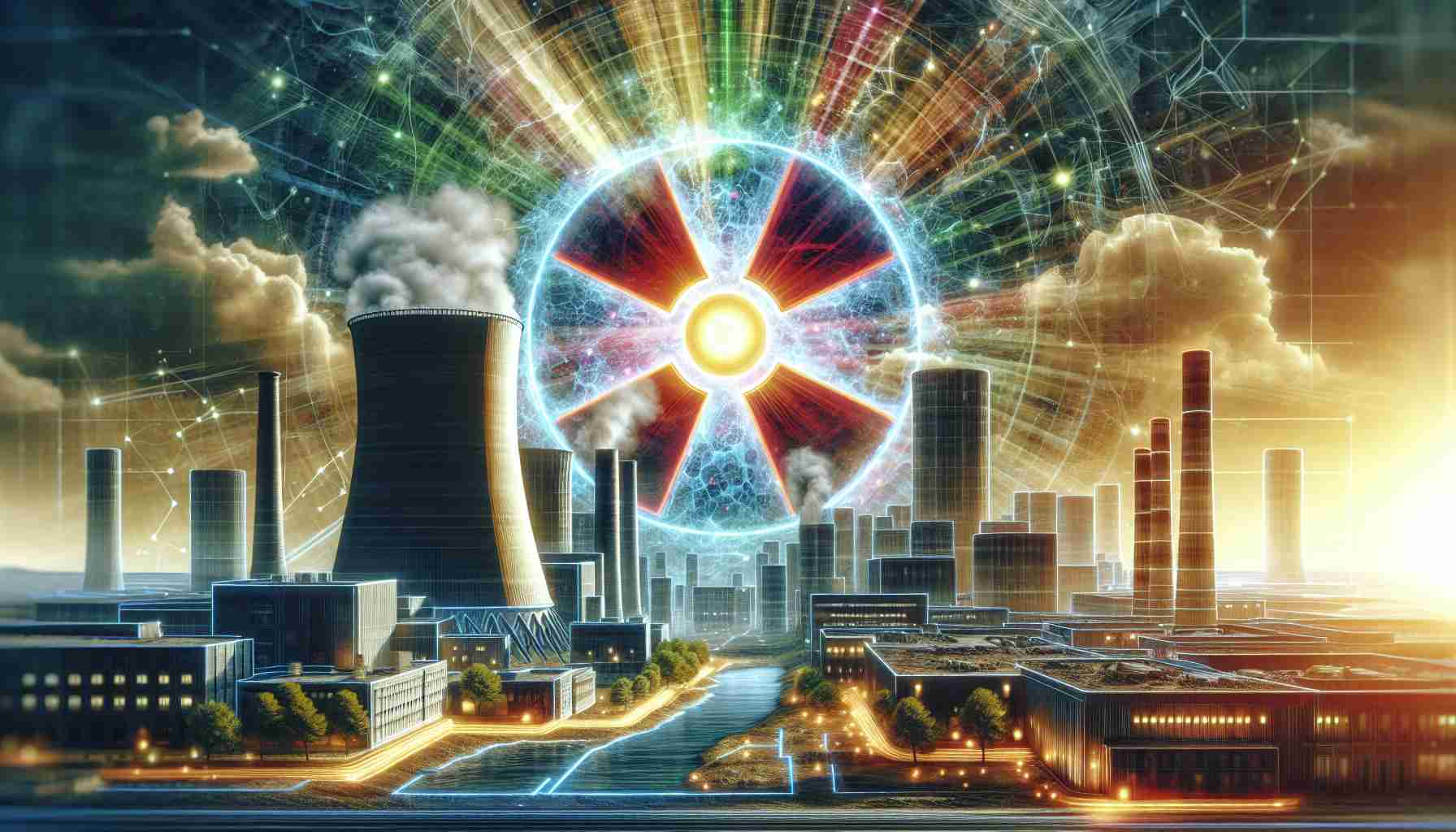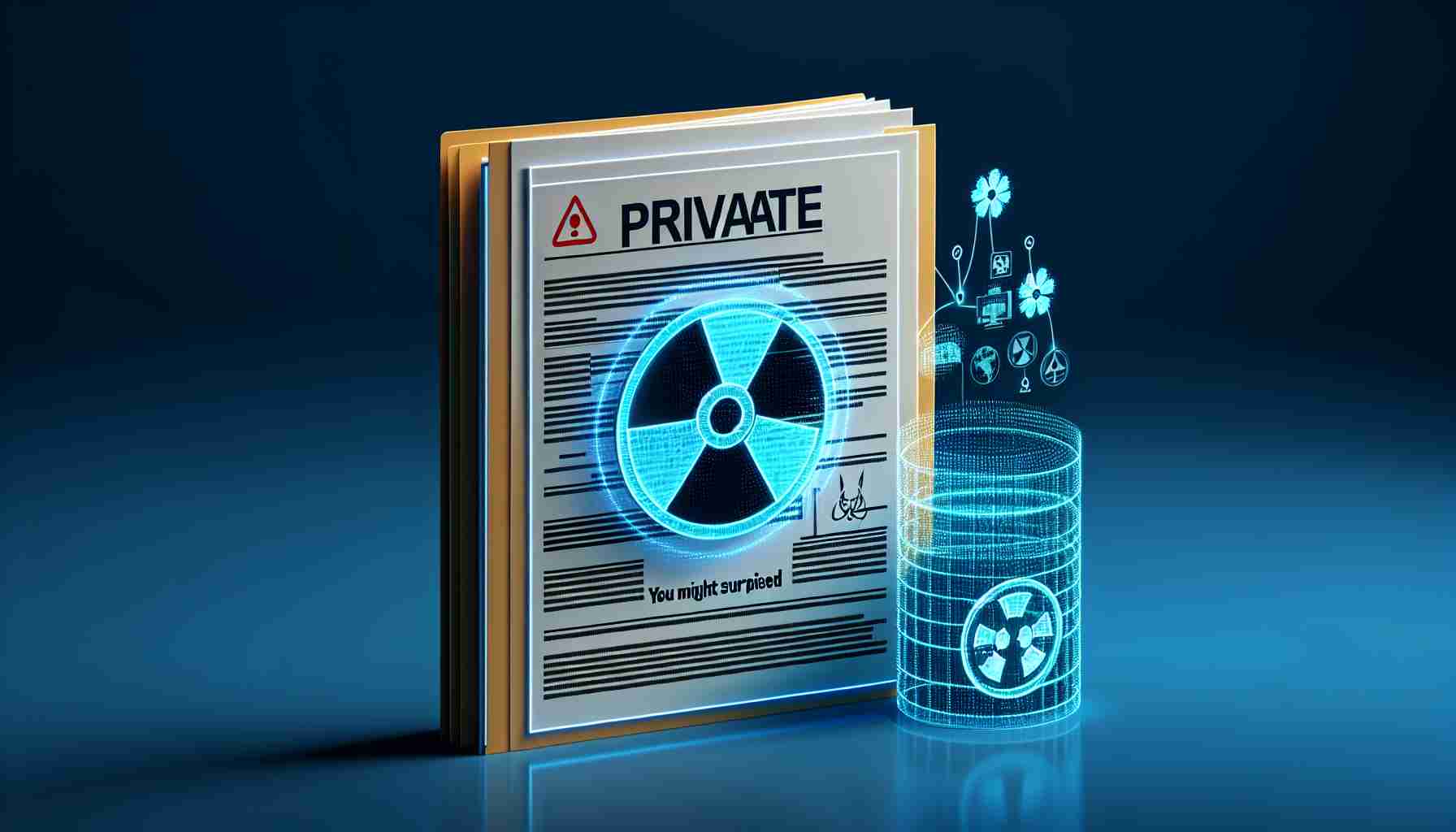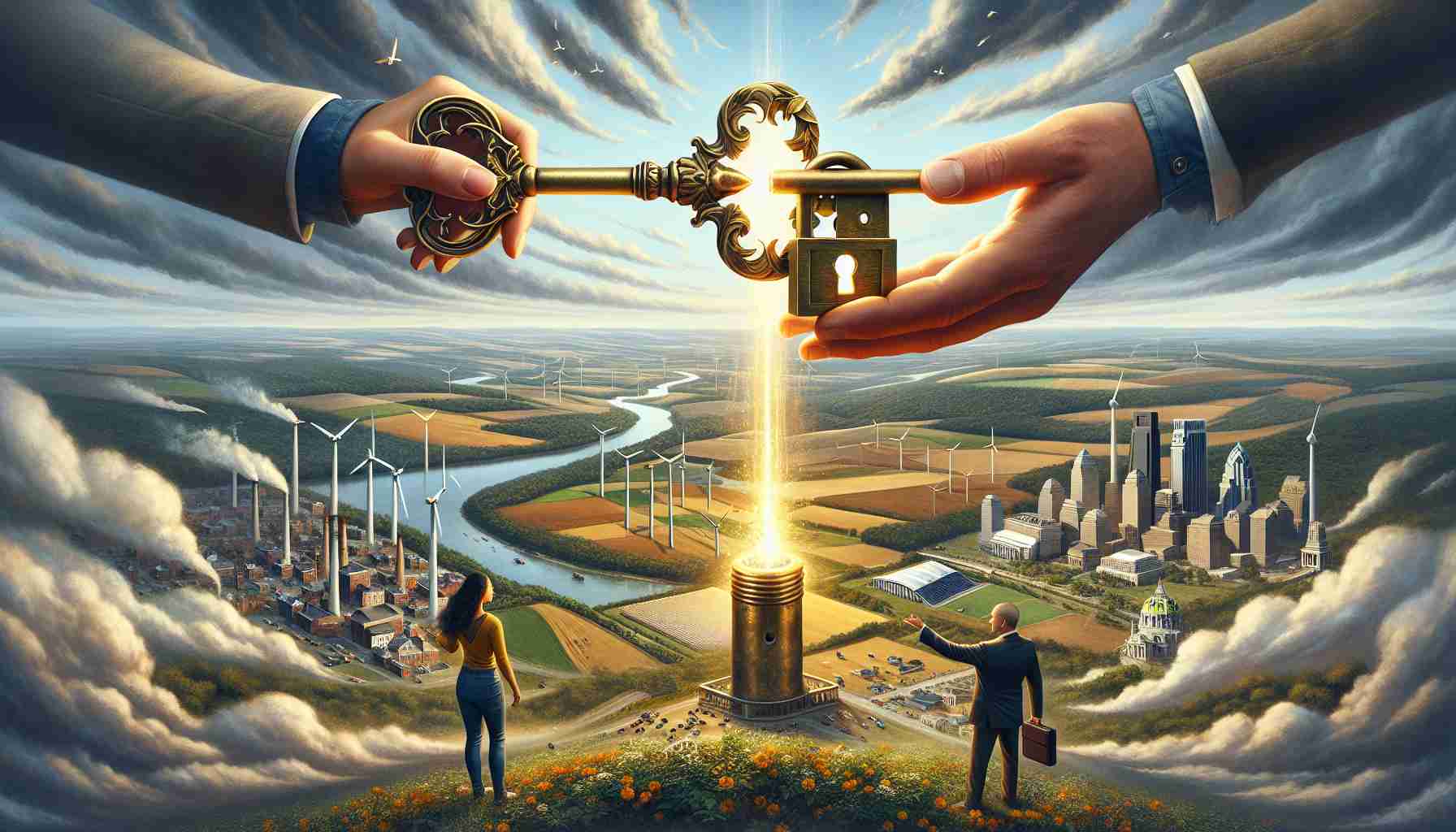In the race to meet growing energy demands, nuclear power and hydropower stand out. Unlike their renewables counterparts, these energy sources can adjust their electricity output as needed, providing a reliable solution for fluctuating demand.
As nuclear energy garners interest for various applications beyond electricity—such as district heating, hydrogen creation, and desalination—the International Atomic Energy Agency (IAEA) plays a vital supportive role. They are sharing expertise and enhancing skills in nations that seek to develop or expand their nuclear capabilities.
The IAEA’s Integrated Nuclear Infrastructure Reviews (INIR) assist countries as they navigate their nuclear journeys. Through these missions, nations gain access to key assessments and expert guidance, ensuring that the infrastructure required for safe and sustainable nuclear energy is established with precision.
The inaugural INIR Mission was executed in 2009, targeting a nation embarking on nuclear energy. To date, several nations, including the United Arab Emirates with its Barakah Nuclear Energy Plant, have successfully embraced this energy transition. The plant, projected to supply 25% of the UAE’s electricity this year, is pivotal in reducing carbon emissions by a staggering 22 million tonnes annually.
Countries like Sweden, France, and Finland showcase the successful fusion of nuclear with renewable energy sources, achieving remarkable carbon reductions. With over 90% of France’s electricity produced from low-carbon sources—70% from nuclear—and Sweden achieving similar successes, a brighter, cleaner energy future appears achievable.
Implications of the Nuclear and Hydropower Surge
The growing reliance on nuclear and hydropower not only reshapes national energy strategies but also carries profound societal and cultural implications. As nations prioritize sustainable energy, a cultural shift towards embracing technological advancements and innovation becomes essential. The dialogue surrounding energy independence transitions from traditional fossil fuels to modern energy solutions, influencing everything from political policies to grassroots movements advocating for climate action.
Moreover, the global economy stands to benefit significantly as countries invest in nuclear infrastructure and hydropower projects. The International Atomic Energy Agency (IAEA) estimates that development of nuclear power could result in over 200,000 new jobs worldwide in sectors ranging from engineering to operations. Hydropower investments similarly generate local employment and stimulate economic growth in underserved regions.
The environmental ramifications of this energy shift are noteworthy. Nuclear energy has the potential to drastically reduce carbon footprints, positioning it as a cornerstone in achieving global climate goals. Additionally, advancements in technology promise to enhance the safety and efficiency of nuclear plants, minimizing risks associated with radiation and waste disposal.
Going forward, the fusion of nuclear and hydropower within broader energy portfolios will likely frame future energy dialogues. Exploring innovations such as small modular reactors and enhanced hydropower systems may yield new technologies that create even more sustainable and adaptable energy frameworks. The long-term significance of this evolution cannot be overstated; it marks not just a transition in energy production but a potential blueprint for a more resilient and cleaner global energy landscape.
Unleashing the Power of Nuclear and Hydropower for a Greener Tomorrow
As global energy demands continue to surge, nuclear power and hydropower are increasingly recognized for their reliability and efficiency in electricity production. These energy sources stand out among renewables as they possess the flexibility to adjust output based on real-time demand. This article explores the latest trends, applications, and benefits of nuclear and hydropower, emphasizing their critical roles in achieving sustainable energy goals.
Key Applications of Nuclear Energy
Nuclear power has evolved beyond the traditional role of electricity generation. Innovative applications are emerging that make nuclear energy versatile and essential, including:
– District Heating: Nuclear reactors can provide steam for heating residential and commercial areas, reducing reliance on fossil fuels during peak winter months.
– Hydrogen Production: Nuclear facilities can be employed to produce hydrogen through high-temperature electrolysis, a clean fuel alternative for transportation and industry.
– Desalination: Countries with water scarcity can utilize nuclear energy to power desalination plants, addressing water shortages sustainably.
These applications highlight the value of nuclear energy in tackling multiple challenges, from energy generation to water scarcity.
The Role of the IAEA in Supporting Nuclear Development
The International Atomic Energy Agency (IAEA) plays a crucial role in assisting nations as they explore nuclear energy’s potential. The IAEA’s Integrated Nuclear Infrastructure Reviews (INIR) are instrumental in guiding countries through their nuclear development process.
# How INIR Missions Enable Safe Nuclear Energy
1. Expert Assessments: INIR missions provide in-depth evaluations of a country’s existing nuclear infrastructure, ensuring that safety and security measures are in place.
2. Capacity Building: The IAEA supports skill enhancement through training programs tailored to meet the specific needs of nations aiming to expand their nuclear options.
3. Sustainable Development: By helping nations establish frameworks for nuclear energy, the IAEA fosters sustainable practices aligned with environmental outcomes.
Success Stories in Nuclear Integration
Countries like the United Arab Emirates (UAE), Sweden, France, and Finland exemplify the successful integration of nuclear energy into their energy portfolios:
– UAE’s Barakah Nuclear Energy Plant: As a flagship project, Barakah is set to contribute 25% of the UAE’s electricity this year alone. It’s projected to reduce carbon emissions by 22 million tonnes annually.
– France and Sweden: With over 90% of France’s electricity generated from low-carbon sources—about 70% from nuclear—and Sweden achieving similar carbon reduction, these nations showcase the potential for a reliable, low-carbon energy future.
Pros and Cons of Nuclear Power
# Pros
– Low Greenhouse Gas Emissions: Nuclear power provides a consistent supply of energy with minimal emissions compared to fossil fuels.
– Base-load Power Generation: Unlike solar and wind, nuclear energy can operate continuously, making it an essential part of a reliable energy grid.
# Cons
– Nuclear Waste Management: The long-term storage and management of nuclear waste remain major concerns.
– High Initial Costs: Building nuclear power plants requires significant investment and regulatory compliance.
Future Insights and Trends
As innovations continue to emerge in nuclear technology, we can expect to see advancements such as:
– Small Modular Reactors (SMRs): These compact reactors are gaining attention for their affordability and smaller footprint, making nuclear energy more accessible.
– Hybrid Energy Systems: Combining nuclear with renewable energies to balance supply and demand, creating a more resilient energy network.
Conclusion
Nuclear power and hydropower are poised to play a vital role in meeting the growing global energy demands while supporting sustainability goals. As countries continue to innovate and embrace these technologies, the collaborative efforts of organizations like the IAEA will be essential for ensuring that nuclear energy is developed safely and effectively.
For more information on nuclear energy developments and innovations, visit the IAEA.
The source of the article is from the blog mgz.com.tw



